With the war of words between North Korean leader Kim Jong Un and President Donald Trump spiraling in ever more dangerous directions, we need to think hard about strategies for calming the situation. Given how little we know about Kim’s personality, his ability to stay calm and rational under pressure, and his receptivity to advice when confused or uncertain, it makes little sense to engage in more brinkmanship with the North Korean dictator than is absolutely necessary. The toughening sanctions, including recent measures just applied by China on its trade in oil, textiles, and banking with North Korea, are certainly welcome, and to President Trump’s credit. But they need to be coupled with a diplomatic strategy for ratcheting down the temperature of this crisis—and, if we are lucky, also eventually ending it.
Any strategy needs to begin with understanding this central, empirical fact: Attaining complete and near-term North Korean nuclear disarmament is almost certainly unrealistic. We can hope that China, Russia, and South Korea will all be willing to keep squeezing North Korea harder and harder, until it cries uncle. But more than a quarter-century of dealing with North Korea on this issue, plus every stated position that Pyongyang has put forth on the subject in recent years, suggest that to be a remote possibility. North Koreans say they will eat grass if that is what it takes to keep their nuclear arsenal (aside, of course, from Kim and his top generals, who will find a way to indulge their luxurious tastes regardless). Moreover, Beijing, Moscow, and probably even Seoul all have limited tolerance for a full-out showdown with Kim. If we want them to keep up the pressure, we also need to offer a diplomatic off-ramp. Complete North Korean nuclear disarmament should remain our official goal, and most U.S. sanctions should remain in place unless that objective is someday achieved. But in the meantime, we need a more manageable interim goal—some version of a verifiable freeze on the North’s testing of nuclear weapons and long-range missiles and its production of bomb-making fissile nuclear materials, in exchange for modest but real concessions by the rest of us.
If we want them to keep up the pressure, we also need to offer a diplomatic off-ramp.
The immediate priority, however, is how to initiate talks. Whatever the precise contours of an interim deal, we all need a way right now to walk back from the brink, before North Korea does something even more provocative, like its threatened atmospheric test of a hydrogen bomb over the Pacific Ocean, or even another violent attack on South Korea similar to those carried out in 2010. Clearly, no talks can take place while North Korea is actively testing its most dangerous weapons for all the world to see. But at the same time, the insistence by Secretary of State Tillerson that Pyongyang unilaterally cease its testing for some unspecified period as a precondition to any talks—a position similar to the approach the Obama administration long maintained—stands little chance of success. It confuses the desired outcome of any negotiation with realistic demands for simply getting those talks going.
Each side should be willing to take practical steps to create a more promising environment for talks. The Chinese have advocated a suspension of North Korean nuclear and missile tests in exchange for a suspension of U.S.-South Korean joint military exercises. But asking the allies to cancel their routine defense drills in the face of mounting DPRK threats is unreasonable, and Washington and Seoul have understandably rejected the proposal.
Adjustments in the scale, composition, timing, or location of U.S.-South Korea exercises are possible, however, without compromising the allies’ readiness and training objectives.
Adjustments in the scale, composition, timing, or location of U.S.-South Korea exercises are possible, however, without compromising the allies’ readiness and training objectives. U.S. and South Korean military leaders should consider what adjustments would be warranted in order to realize the considerable security benefits of gaining a suspension of North Korean testing. They might, for example, agree that, as long as talks were underway and North Korea was not conducting nuclear or missile tests, they could limit the size of the annual Foal Eagle and Ulchi Freedom Guardian exercises to no more than 10,000 troops.
Such an adjustment is viable for the United States and South Korea because the large exercises, while useful, are far from essential. Normal American military combat training in the United States rarely, if ever, involves more than 10,000 troops at a time. Army units train up to the brigade level (3,000 to 4,000 soldiers generally), for example; Air Force fighter wings and other units typically work up to exercises with at most dozens of aircraft; the Navy generally emphasizes exercising a battle group of several ships at a time (meaning at most a few thousand sailors are involved).
Any suspension of exercises on the peninsula exceeding a certain level could be replaced by several smaller exercises, and perhaps also the occasional large U.S.-South Korea maneuver operation could be carried out in a place like Australia or California. But this can be achieved with minimal, if any, disruption to allied military preparedness.
To be sure, North Korea has nothing to fear from even the big exercises. The 20,000 or more troops that carry them out represent a tiny fraction of a force that would truly be needed to pose an invasion threat to North Korea. The Neutral Nations Supervisory Commission that observes these exercises (led by Sweden and Switzerland) consistently documents their defensive intent. More broadly, the U.S.-South Korea alliance has demonstrated for close to 70 years that it is clearly defensive in purpose and in its basic structure and organization. But if North Korea truly fears these exercises, or simply needs a face-saving way to enter talks that could help us all walk back from the brink of war, we do have options.
We don’t know if the North Koreans will eventually be prepared to accept meaningful limits on their nuclear program. The only way to find out is to sit down with them at the negotiating table. Getting them to the table will require intensifying international economic pressures, especially now that those pressures may be starting to bite. But it will also require finding a formula for initiating talks that addresses DPRK concerns while protecting U.S. and allied security.
The Brookings Institution is committed to quality, independence, and impact.
We are supported by a diverse array of funders. In line with our values and policies, each Brookings publication represents the sole views of its author(s).

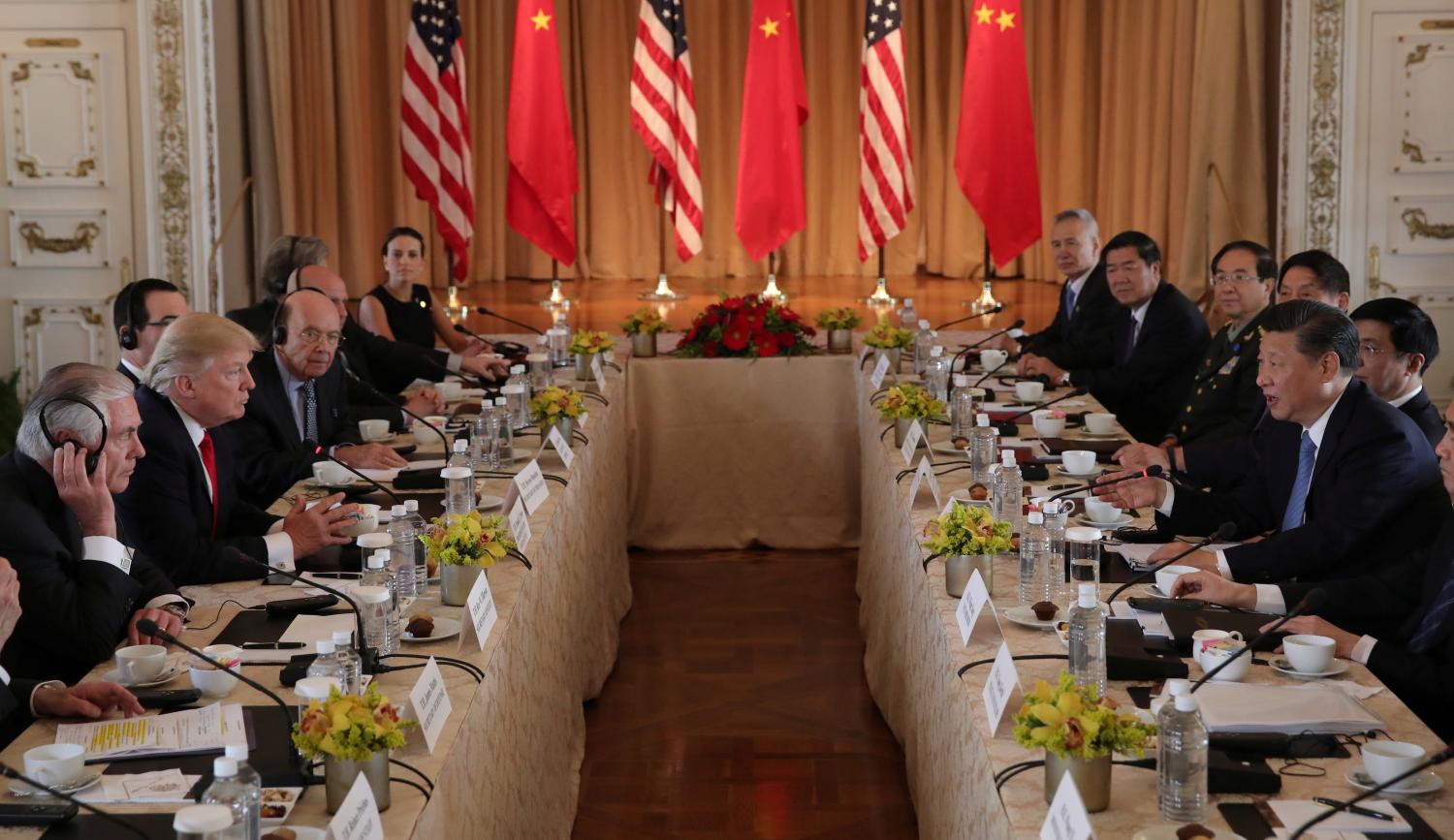
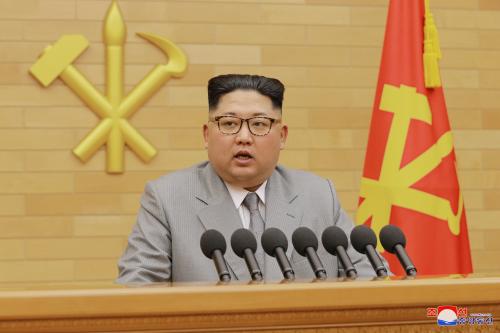
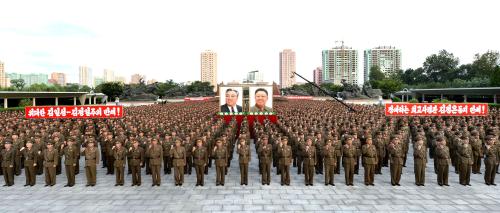
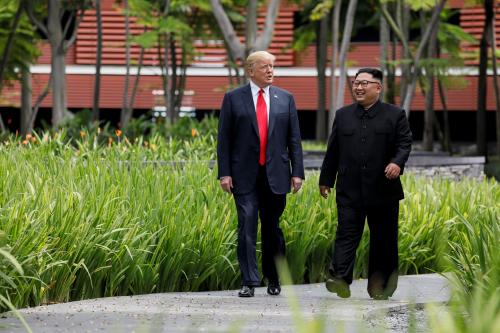



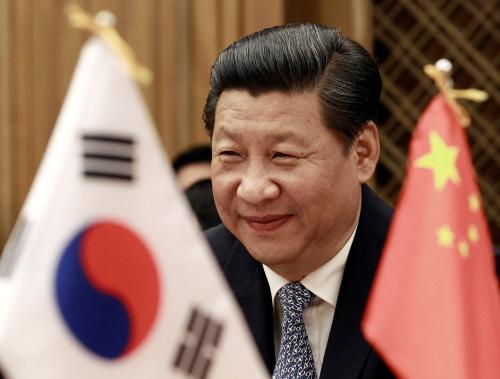
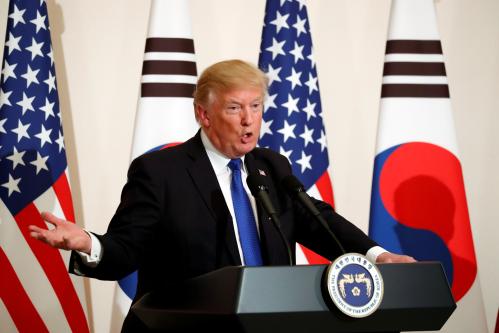
Commentary
Walking back from the brink with North Korea
September 27, 2017